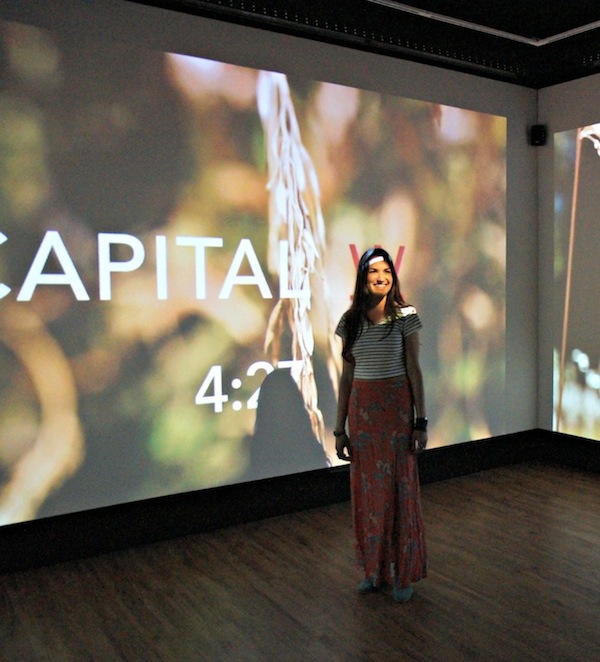Wilderness is a political entity. Wilderness is untouched land. Wilderness is a cultural concept. Wilderness is our natural heritage. Wilderness is an ideal. Wilderness is a state of mind. Wilderness is where humans don’t live. Wilderness only exists due to human choices. Wilderness is a luxury. Wilderness is a necessity. Wilderness is worth fighting for.
There are many conflicting ideas about what defines wilderness -- with a capital W -- and just as many opinions as to how wilderness should be treated. The topic has become so highly politicized and polarized that it’s easy to lose sight of the land itself.
While hiking through the mountains, Kiersten Iwai, associate organizer for the Sierra Club’s Our Wild America campaign, had the idea for an oral history project on one precarious Wilderness: the Gallatin Range, in the Greater Yellowstone Ecosystem. The project ultimately included a short documentary and an interactive exibit that highlighted the deep, personal connections that locals have with the Gallatin.
According to Iwai, the installation addressed the questions of why the Gallatin Range is special, why it needs help, and what can be done to best steward the land. “It’s getting away from politics,” notes Iwai, who saw the project as a way to engage volunteers and spread a positive message about wilderness. “Wilderness is not a place of no use,” she says. “Wilderness has a lot to offer.”
The Gallatin Range is the only designated wilderness area surrounding Yellowstone National Park that is still unprotected. Made a Wilderness Study Area in 1977, the Gallatin is stuck in regulatory limbo, extremely overdue for full wilderness designation. The much-beloved Gallatin National Forest forms a “big backyard” for the growing city Bozeman, Montana, only half an hour away. But with a growing population and increasing motorized, off-road recreation, the Gallatin is in danger of being loved to death.
To design the installation and make the film a reality, Iwai partnered with Maggie Smith (pictured above), a graduate student in Science and Natural History Filmmaking from Montana State University. “In Bozeman, things are being built constantly,” notes Smith, referring to the city’s rising population. “We love the Gallatin because it’s beautiful, but we should protect it.”
The installation, titled Capital W: Forever Wild, Forever Free, was designed to be an interactive experience for the community. It involved a darkened gallery where the documentary was projected on three walls to create an enveloping experience, and also included an exhibit of century-old specimens of the flora and fauna of the Gallatin and a huge printed map of the national forest, where members of the community could mark their favorite areas to fish, hike, or see wildlife (pictured below).
Capital W, held at Montana State University and open for only five days this past May, attracted over 200 viewers, who filled the map with shared stories and experiences. The great popularity of the exhibit suggests that there is an unmet need for places for people to share their experiences in wilderness. “The places we love have their stories,” says Iwai. “They intertwine with our own stories.”
“The Gallatin got forgotten,” Smith says, hoping that the Capital W project might bring more local attention to this part of the Yellowstone Ecosystem. “The peaks get protected,” she observes. “But not the lowland migration corridors.”
Smith and Iwai hope to make the documentary available online, and to tour Capital W regionally, building awareness and appreciation for the Gallatin. Because no matter what one’s opinions are on the nature of wilderness, most can agree that it is something they love.
